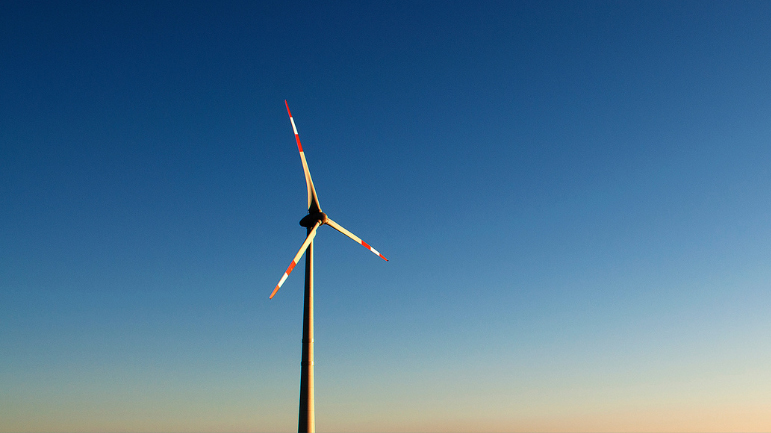The Department of Energy (DOE) said that 9,423.622 megawatts (MW) of renewable energy (RE) capacities were subscribed, or 88 percent of the 10,653 MW installation target under the fourth round of the Green Energy Auction (GEA4).
The agency said on Wednesday night that these committed capacities came from a total of 111 accepted bids from various power projects covering multiple RE technologies, including ground-mounted solar, roof-mounted solar, floating solar, onshore wind, and integrated solar with energy storage systems (IRESS).
Under the current setup of GEA, interested renewable energy developers will compete for incentivized fixed power rates by offering prices that are lower than, or equal to reserve prices set by the Energy Regulatory Commission.
DOE said that while the auction successfully subscribed to a large majority of the installation targets, there remain unsubscribed installation targets, notably for floating solar, onshore wind, and IRESS.
The agency said these unsubscribed installation targets will be offered for subscription to other qualified bidders with accepted bids that exceeded the initial targets. This would ensure that unsubscribed installation targets are maximized, and no opportunity for RE development is left unutilized.
Meanwhile, the DOE said that winning bidders will move forward with submitting post-auction requirements, including the affidavit of undertaking, performance bond, and system impact study which process guarantees that the pledged capacities are fully achieved and technically verified for grid integration.
Projects awarded under the bGEA4 are also expected to start delivery between 2026 and 2029.
“The results of GEA4 affirm the strong partnership between government and the private sector in driving RE deployment,” said Energy Secretary Sharon Garin. “By securing over 9,000 MW of new clean energy commitments, and by offering unsubscribed installation targets to other eligible bidders, we are ensuring that our transition is ambitious, inclusive, and resilient.”
On the other hand, Angelo Kairos dela Cruz, Institute for Climate and Sustainable Cities executive director, said that GEA4’ success sends a strong signal that the country can show proof why it is considered as the second most attractive emerging economy in terms of RE project developments.
“I think GEA4 and the next ones have learned a lot from the shortcomings and gaps of the first round of GEA,” he said. “What’s really good with the DOE… is that you can see how the policies are flexible enough to learn from the mistakes and from the gaps.”
“And I think this humility, at some point, allows the DOE to come up with better GEA for example, with better policies, without losing its credibility as a very strong institution here in the Philippines,” dela Cruz added.
Last June, DOE said that power rates are expected to drop below P1 per kilowatt hour (kWh) by 2050 if all capacities under five rounds of the GEA Program will be pursued.
DOE Undersecretary Rowena Cristina Guevara, said then that such findings were discovered from a simulation conducted by the Independent Electricity Market Operator of the Philippines (IEMOP).
Guevara announced before that based in IEMOP’s simulation of prices of electricity until 2050 if all capacities from GEA come online average energy rates in Luzon in 2026 is at P4.95 per kilowatt hour (kWh) but can drop to P0.28 per kWh by 2050.
On the other hand, she said that for Visayas, power rates will go from about P5.28 per kWh in 2026 to P0.48 per kWh by 2050 while cost of electricity in Mindanao will be at P4.06 in 2026 but can go as low as P0.36 per kWh by 2050.
At present, the total capacity of RE projects offered in the first five rounds of GEA is at 26,210.978 MW.





